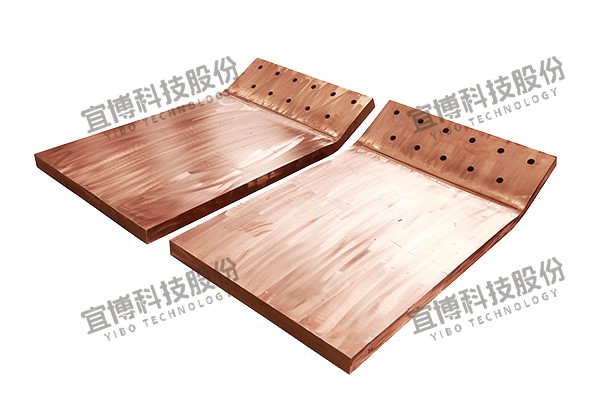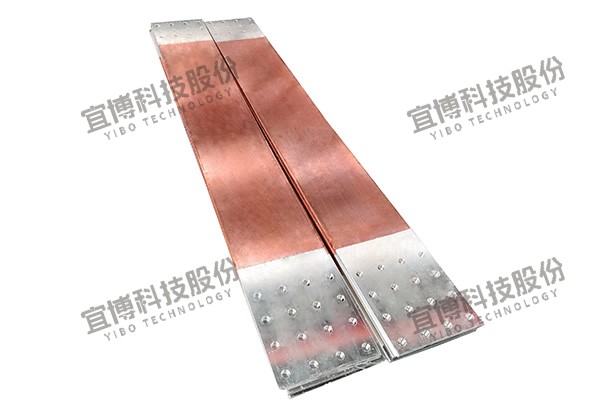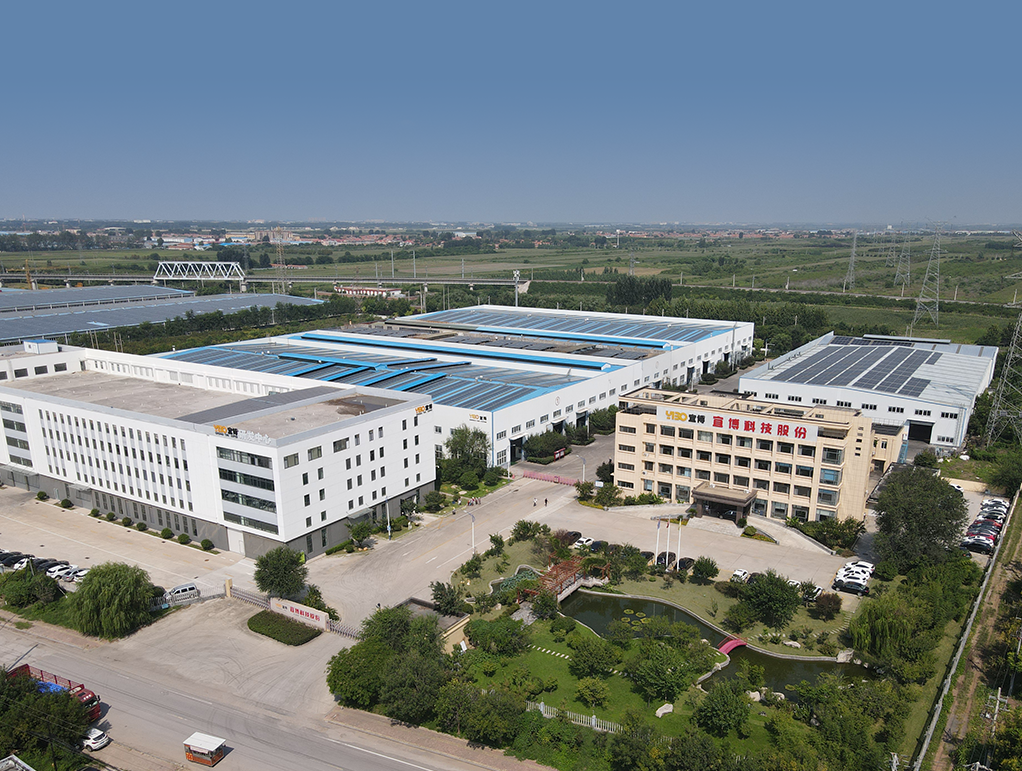Copper Bus Bar vs Aluminum Bus Bar: Choosing the Right Conductor for Your Electrical System
Selecting the right material for electrical bus bars – the critical backbone distributing power within switchgear, panels, transformers, and data centers – is a fundamental engineering decision. The perennial debate often boils down to copper bus bar vs aluminum bus bar. Neither is universally "better"; the optimal choice hinges on your project's specific requirements, balancing performance, cost, weight, and longevity. Let's break down the key differences to guide your decision.
1. Electrical Conductivity: The Core Advantage of Copper
Copper: Reigns supreme in electrical conductivity. Pure copper typically boasts around 100% IACS (International Annealed Copper Standard). This means it offers the lowest electrical resistance per unit volume among common conductors. Result: For the same cross-sectional area, a copper bus bar carries more current (higher ampacity) with less energy loss (reduced I²R heating) than its aluminum counterpart.
Aluminum: Has significantly lower conductivity, approximately 61% IACS. Result: To achieve the same current-carrying capacity as copper, an aluminum bus bar needs a cross-sectional area roughly 56% larger. This directly impacts size and weight.
2. Weight and Density: Aluminum's Strength
Aluminum: Is inherently lighter. Its density is only about 30% that of copper. Result: Even though an aluminum bus bar needs to be larger to match copper's ampacity, it will typically weigh about half as much as the equivalent copper bar. This is a major advantage in applications like large switchgear, mobile substations, aerospace, or anywhere weight reduction is critical for structural support or transportation costs.
Copper: Significantly denser, leading to heavier bus bar assemblies. This can increase structural support requirements and handling complexity.
3. Cost: Aluminum's Initial Price Advantage
Aluminum: Generally has a lower initial material cost per pound/kg compared to copper. This raw material cost difference is often the primary driver for considering aluminum.
Copper: Commands a higher price per unit weight. However: The cost picture is more complex. Because aluminum needs more volume, the price difference per amp carried or per foot/meter of equivalent performing bus bar narrows considerably. Installation and termination costs (see below) also influence the true "Total Cost of Ownership" (TCO).
4. Mechanical Properties & Fabrication
Copper: Offers superior mechanical strength, especially tensile strength. It's easier to solder and generally more ductile, making bending and forming (especially tight bends) easier with less risk of cracking. Copper bus bars maintain their shape well under mechanical stress.
Aluminum: Softer and less strong mechanically than copper. It requires careful handling to avoid nicks and dents. Aluminum has a higher coefficient of thermal expansion and is prone to "cold creep" – a gradual deformation under constant pressure (like from bolted joints) over time, especially at elevated temperatures. This necessitates special joint design, specific hardware (belleville washers), and re-torquing procedures. Forming can be trickier, requiring larger bend radii.
5. Termination and Connection: A Critical Consideration
Aluminum: This is often the Achilles' heel of aluminum bus bars. Aluminum readily forms a tough, insulating oxide layer when exposed to air. If not properly managed, this oxide increases contact resistance at connections, leading to hotspots, potential failure, and fire risk. Essential: Aluminum connections require strict protocols:
Use of specially designed aluminum-rated lugs/connectors.
Application of antioxidant compound during assembly.
Precise torque values and often re-torquing after thermal cycling.
Use of suitable hardware (e.g., serrated washers, hardened bolts).
Copper: Forms a relatively conductive oxide. While best practice always dictates clean, tight connections, copper is inherently more forgiving and less prone to connection problems than aluminum. Standard lugs and connectors work well. Tinned copper offers even better corrosion resistance at connection points.
6. Corrosion Resistance
Copper: Naturally resistant to corrosion in many environments, particularly atmospheric corrosion. It develops a protective patina. Vulnerable to certain chemicals and sulfides. Tinned copper provides enhanced protection in harsh or humid conditions.
Aluminum: Also forms a protective oxide layer that resists atmospheric corrosion well. However, it can be highly susceptible to galvanic corrosion when in direct contact with dissimilar metals like copper or steel in the presence of an electrolyte (moisture). Careful isolation or plating is crucial in mixed-metal systems. Alkaline environments can aggressively attack aluminum.
7. Thermal Performance
Copper: Higher conductivity means less heat generation for the same current. It also has superior thermal conductivity, helping to dissipate heat away from hotspots more effectively.
Aluminum: Generates more heat due to higher resistance for equivalent current flow. Lower thermal conductivity means heat dissipation is less efficient, potentially leading to higher operating temperatures if not adequately sized and cooled.
The Verdict: When to Choose Which?
Choose Copper Bus Bar When:
Space is severely limited: Need maximum ampacity in the smallest cross-section.
Efficiency is paramount: Minimizing energy losses (I²R heating) over the system's lifetime is critical (e.g., high-load continuous operations, data centers).
Ease of installation/termination is key: Especially for complex shapes or where connection reliability is a top concern with less stringent procedures.
Long-term reliability with minimal maintenance is essential.
Lower thermal operating temperatures are required.
Budget allows for the higher initial material investment.
Choose Aluminum Bus Bar When:
Weight is a critical factor: Large switchyards, mobile equipment, overhead bus runs, aerospace applications.
Large cross-sections are feasible: Where panel/enclosure size isn't the primary constraint.
Significant upfront material cost savings are the driving factor (ensure TCO analysis includes installation and potential maintenance).
The application environment is well-understood, and proper connection techniques using aluminum-specific components and procedures can be strictly guaranteed during installation and maintenance.
Corrosion environment favors aluminum (e.g., specific chemical exposures where copper suffers).
Conclusion
The copper bus bar vs aluminum bus bar decision is a classic engineering trade-off. Copper delivers superior electrical and thermal performance, mechanical strength, and connection reliability in a compact form. Aluminum offers compelling weight savings and lower initial material cost, demanding larger dimensions and meticulous connection practices. There is no single winner. Carefully evaluate your project's priorities – ampacity requirements, space constraints, weight limits, budget, installation expertise, and long-term maintenance capabilities – to select the conductor that delivers optimal performance, safety, and value for your specific electrical power distribution needs. Always consult relevant copper bus bar ampacity tables and aluminum bus bar ampacity tables (like those from IEEE, NEC, IEC standards) and involve qualified electrical engineers for critical applications.


